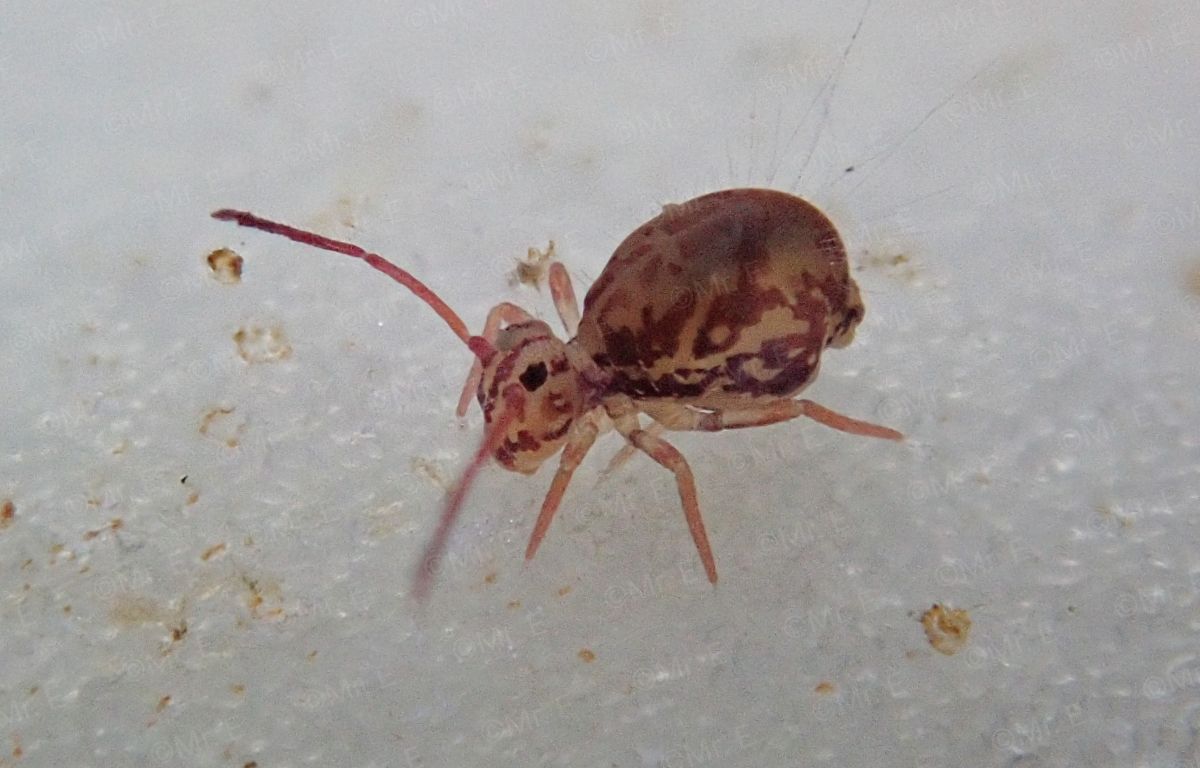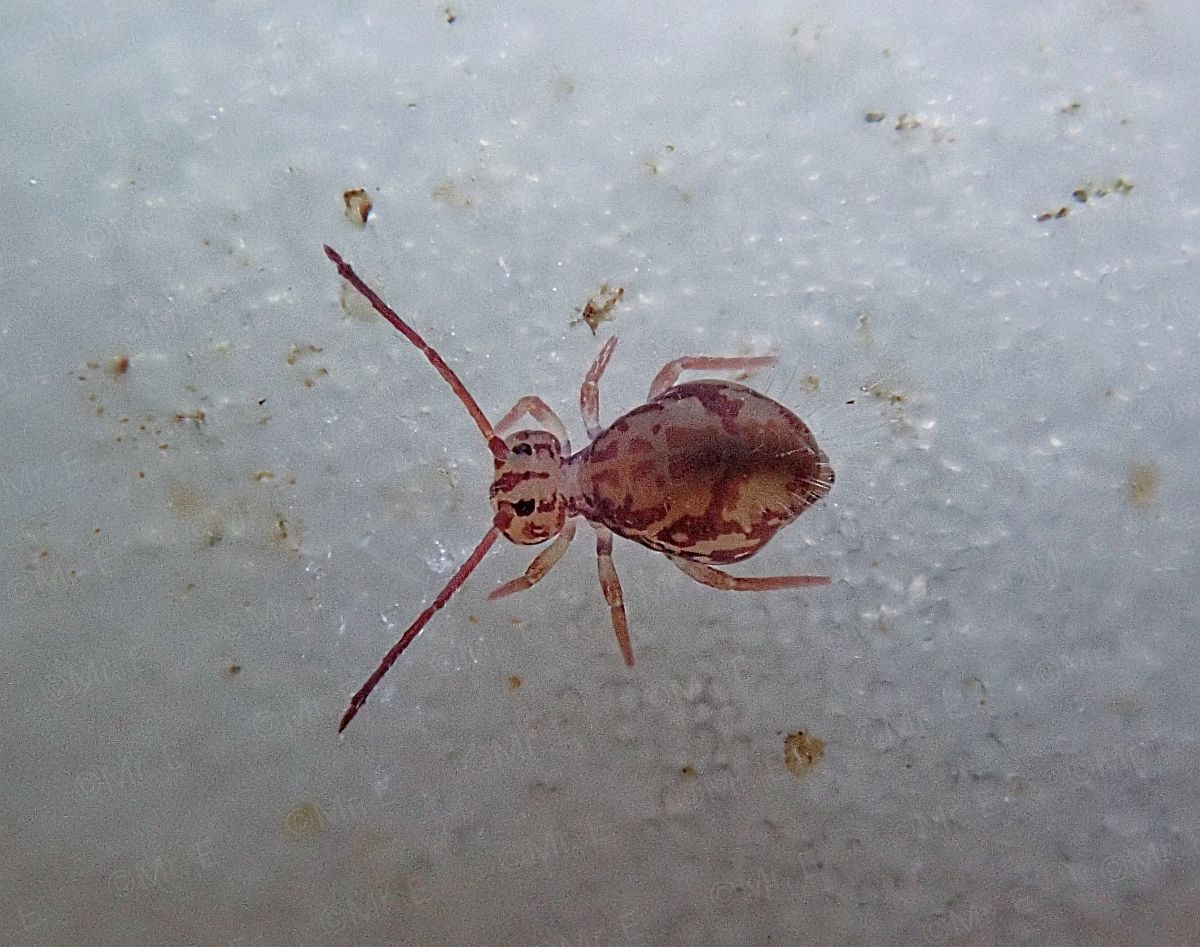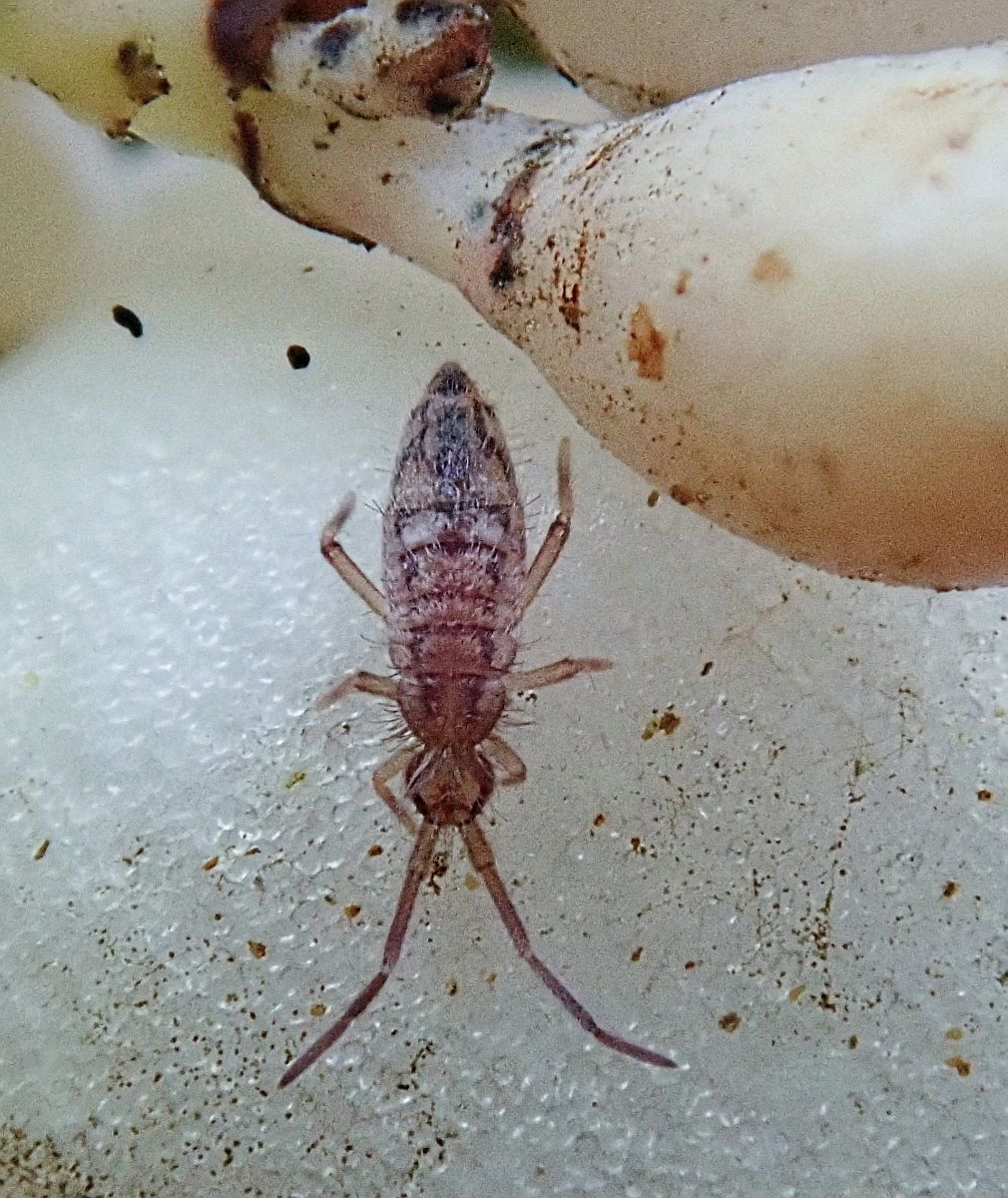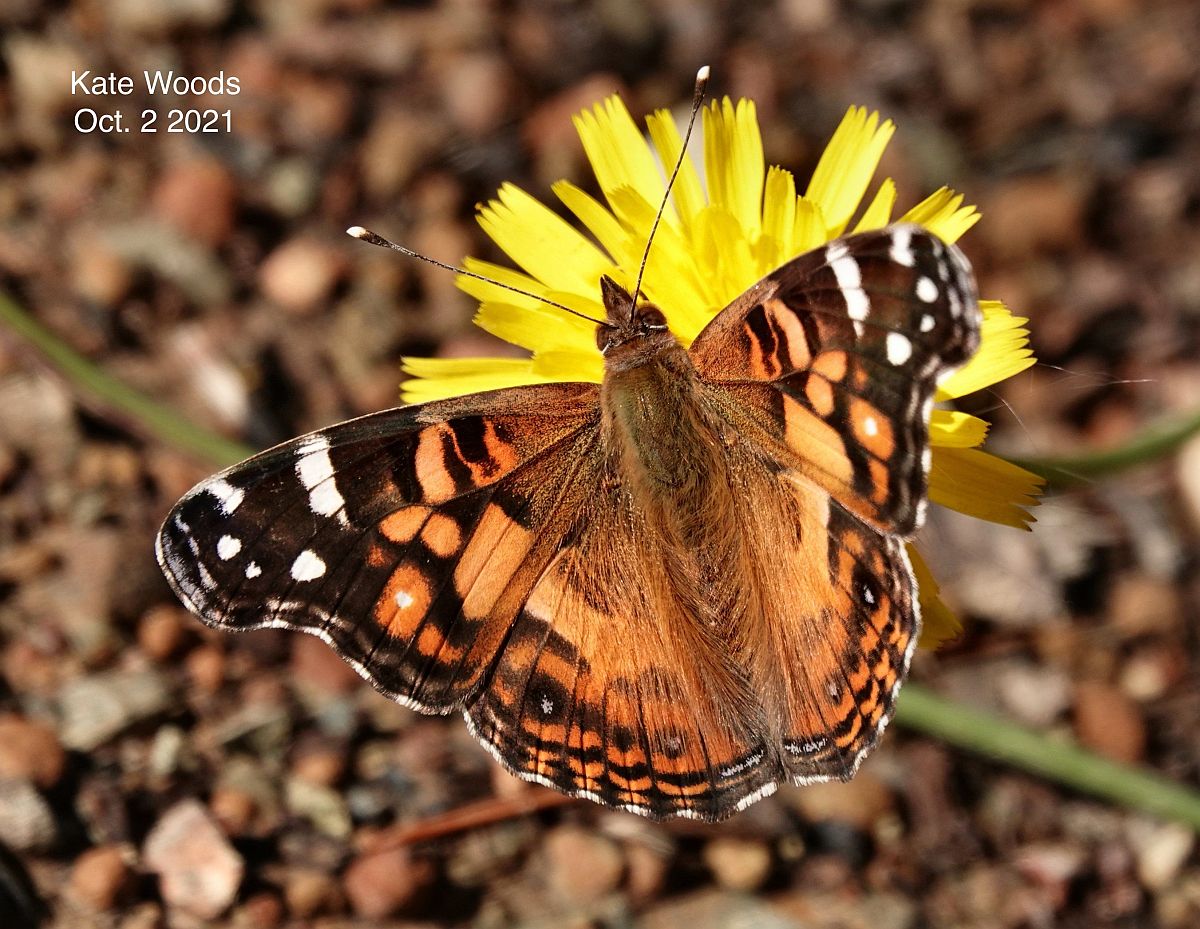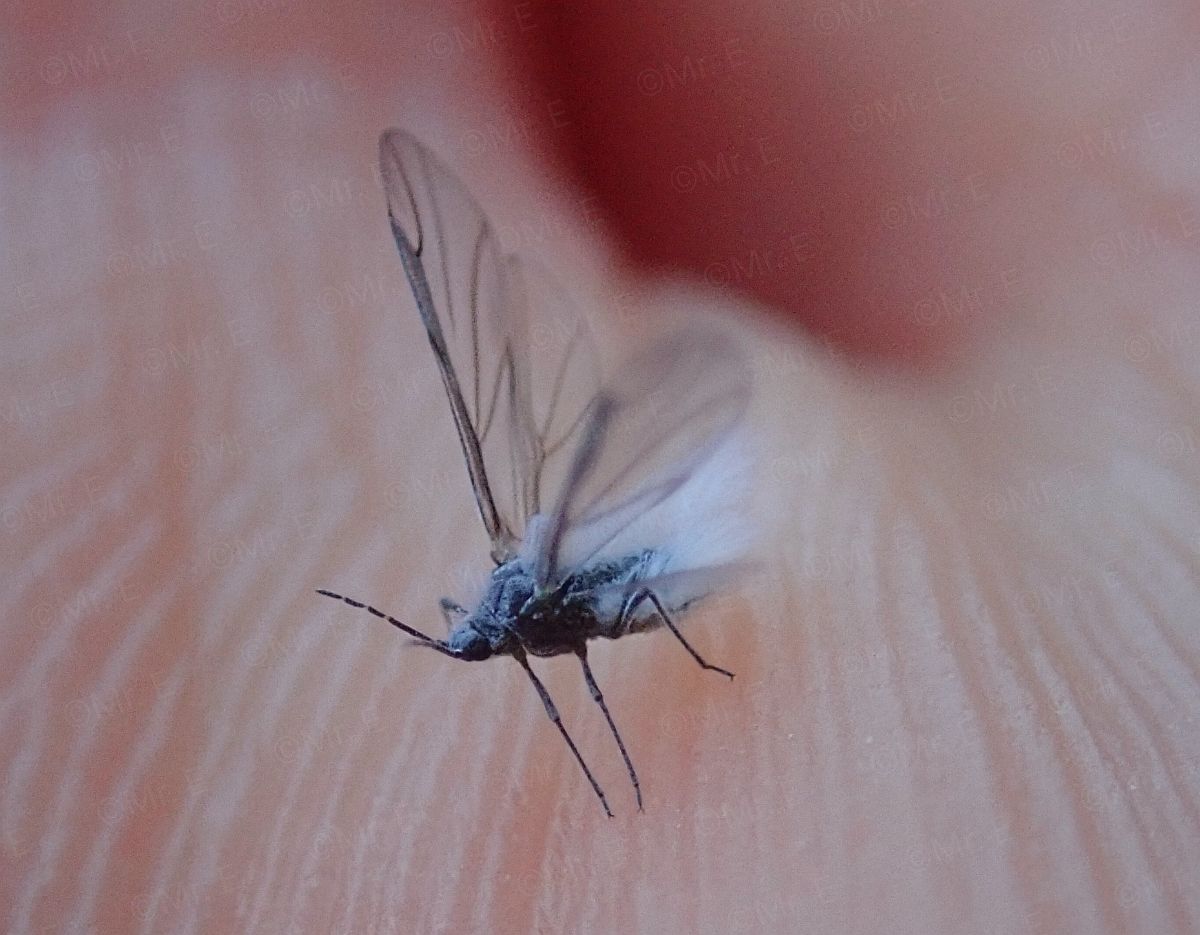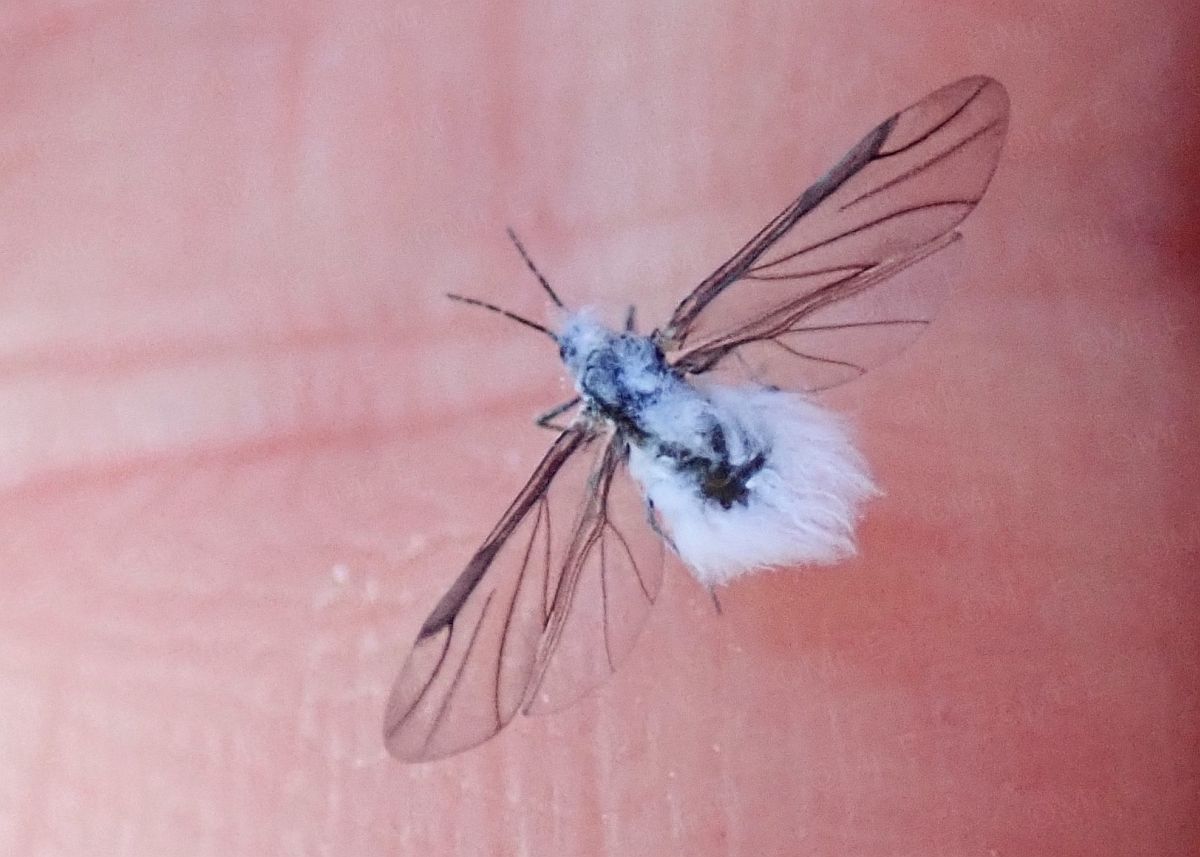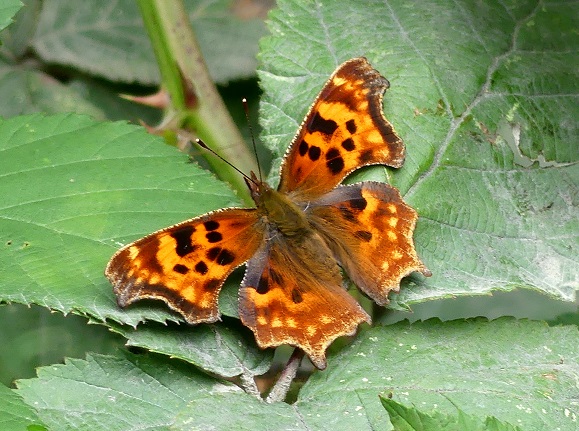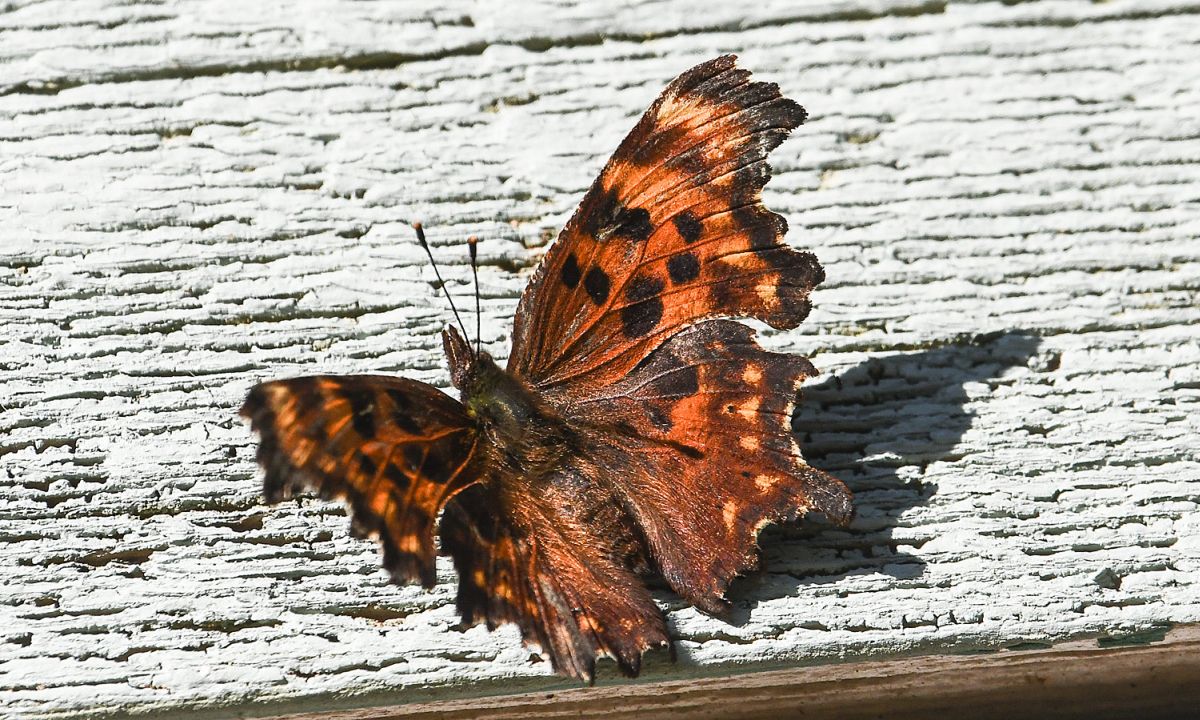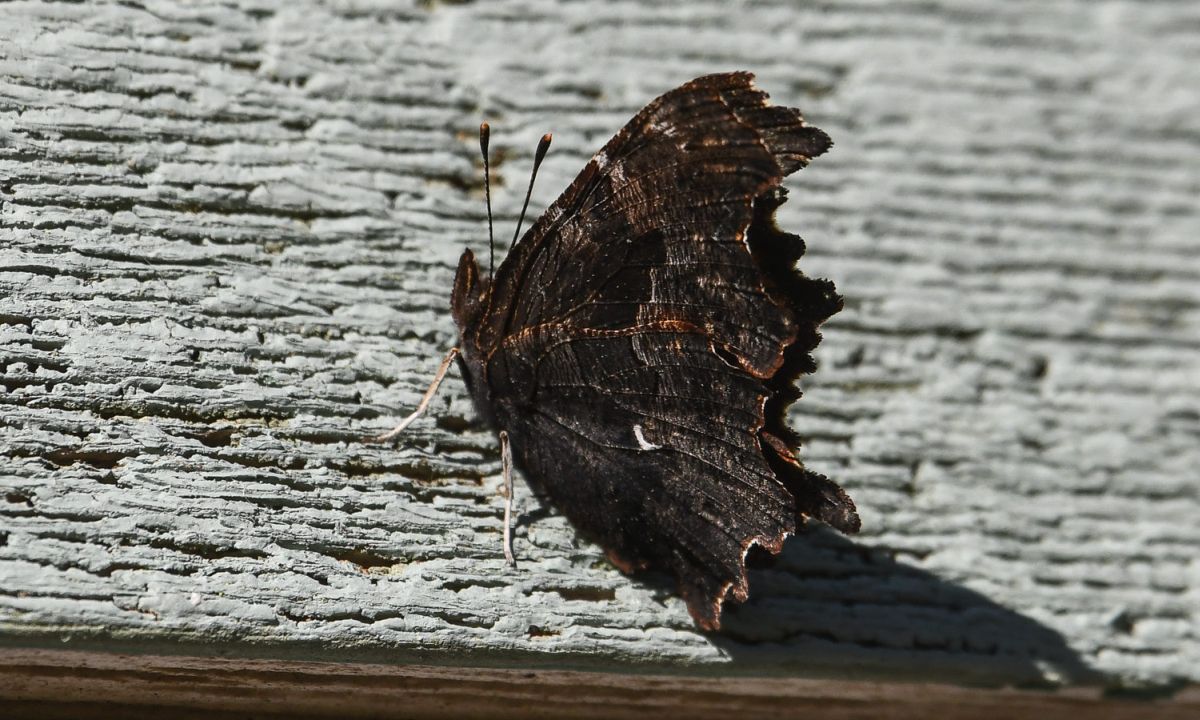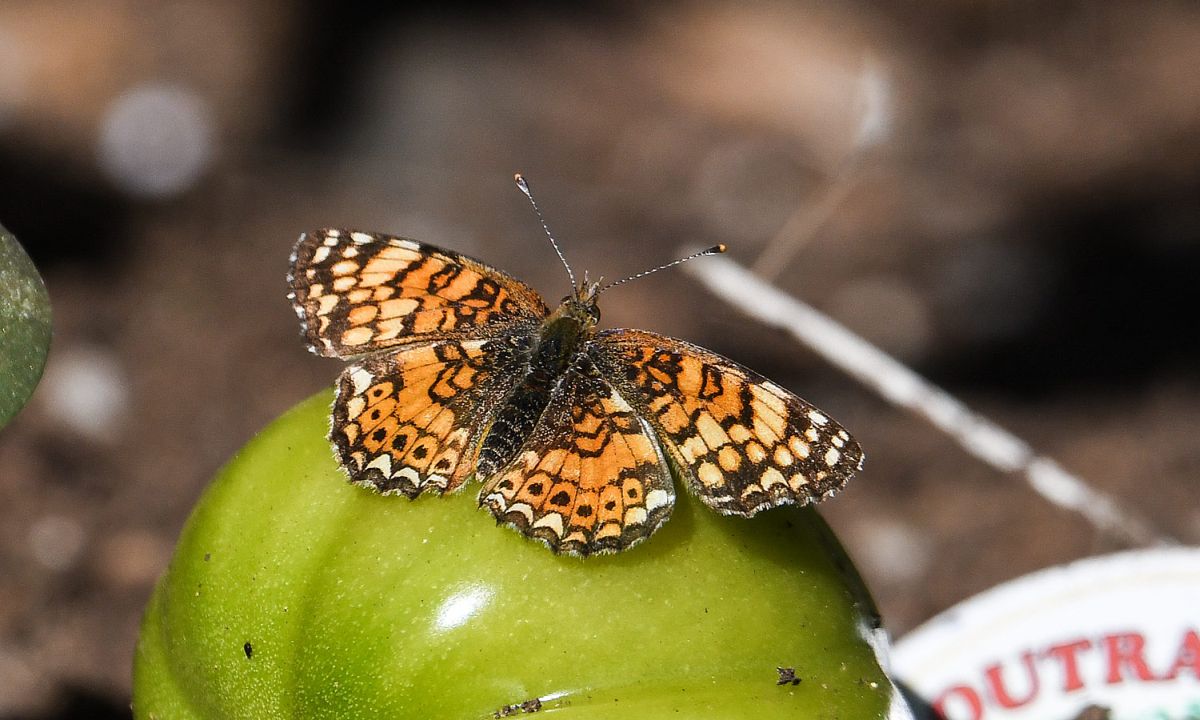2021 September 27
Jeff Gaskin writes: Today, September 27, before the rains came, Kirsten Mills found a Mylitta Crescent while she was in Jordan River.
Mike Yip sends photographs of dragonflies from Nanoose, Sepember 25. Dr Rob Cannings writes:
The meadowhawks are Striped Meadowhawks Sympetrum pallipes, both the pair in copula and the single female. This is perhaps the most common species of the genus on southern Vancouver Island at this time of year. The darner is a male Paddle-tailed Darner Aeshna palmata. These can be hard to tell apart from A. umbrosa in a dorsal shot like this, but palmata has blue spots on the ninth abdominal segment whereas umbrosa is all dark there.
Jeremy Tatum adds: If you are lucky enough to have a copy of Rob’s excellent book Introduction to the Dragonflies of British Columbia and the Yukon, compare the photograph of S. pallipes on page 89 with Mike’s photograph. It is remarkable how very similar are the stances of the pair in the two photographs – even down to the exact positions of the legs of the two. The males are holding their wings differently in the two photographs; otherwise, they could be just the one photograph.
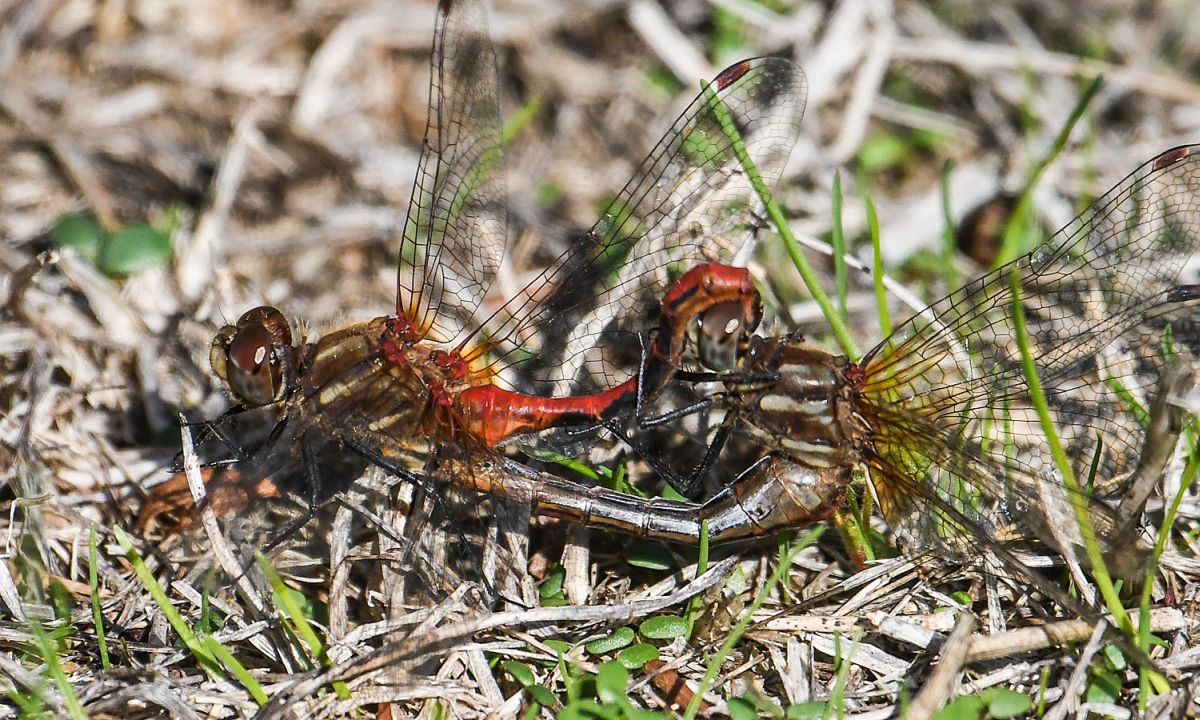
Striped Meadowhawks Sympetrum pallipes (Odo.: Libellulidae) Mike Yip
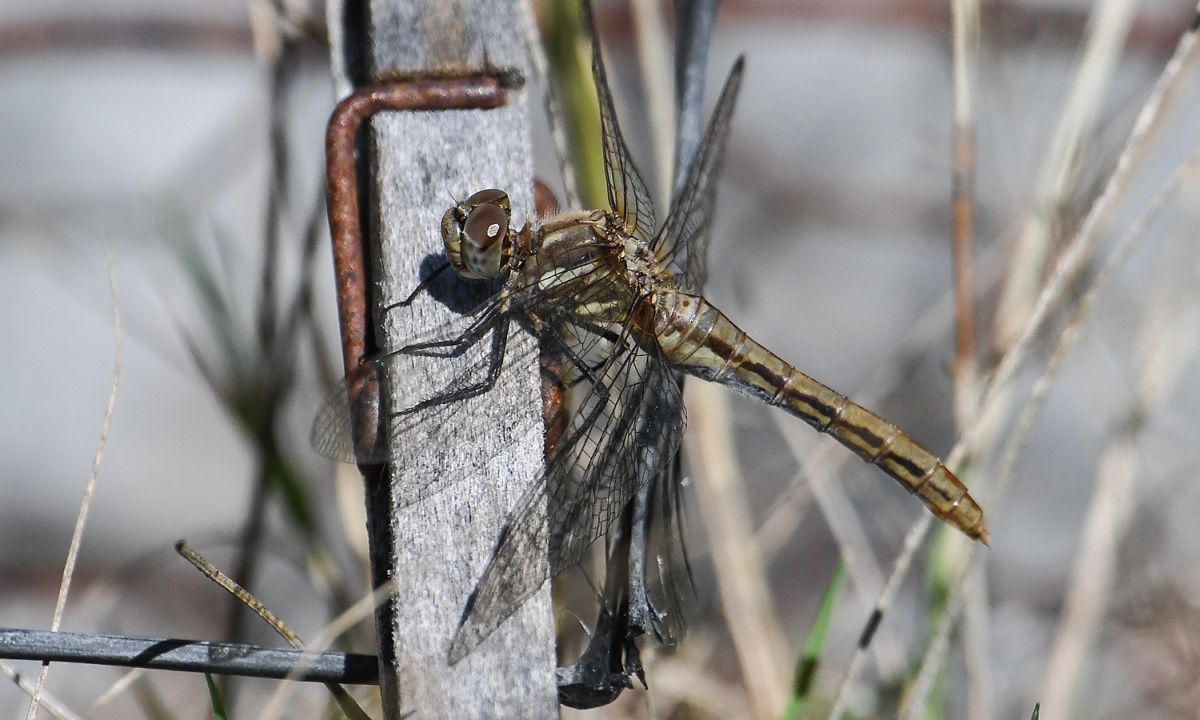
Female Striped Meadowhawk Sympetrum pallipes (Odo.: Libellulidae) Mike Yip
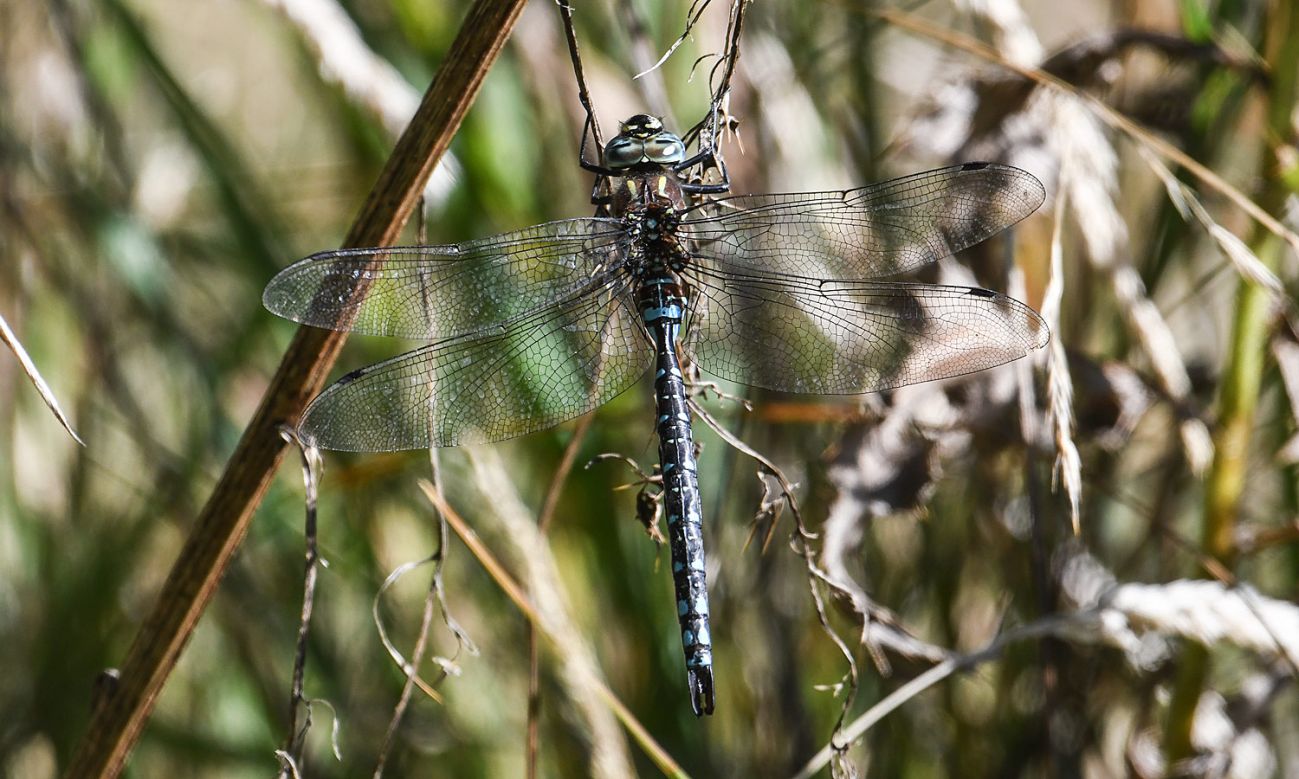
Paddle-tailed Darner Aeshna palmata (Odo.: Aeshnidae) Mike Yip
Aziza Cooper and Jeremy Tatum visited Aylard Farm on September 24, when Aziza photographed the carcase of a Townsend’s Vole with a Greenbottle Fly on it. (See September 24 entry.) Coincidentally, Gordon Hart found the same Townsend’s Vole only an hour or so later. By this time the carcase had attracted a bunch of other invertebrates – flies, beetle, mites, which Gordon photographed. We thank Dr Scott Gilmore for the beetle identifications, and Dr Heather Proctor for the mite identification.
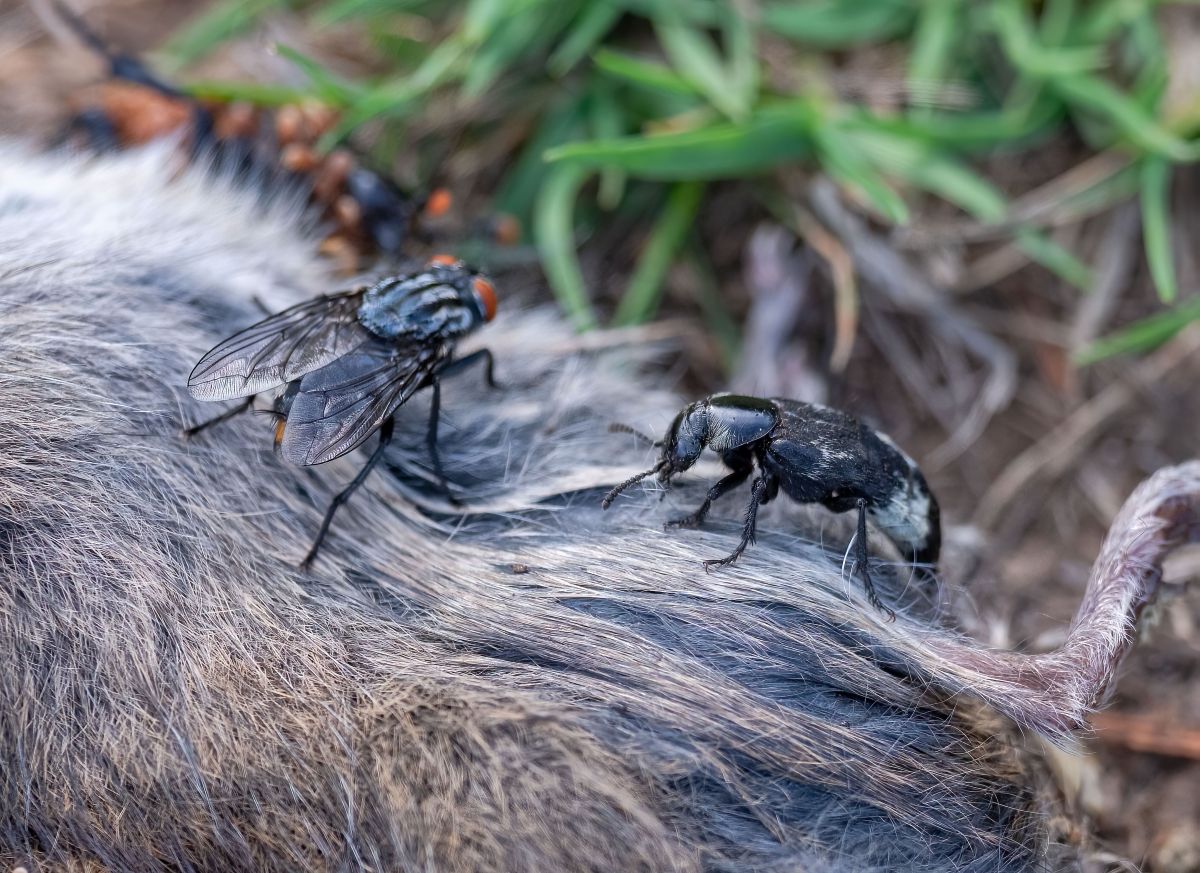
Flesh Fly Sarcophaga sp.: (Dip.: Sarcophagidae)
Creophilus maxillosus (Col.: Staphylinidae)
Gordon Hart
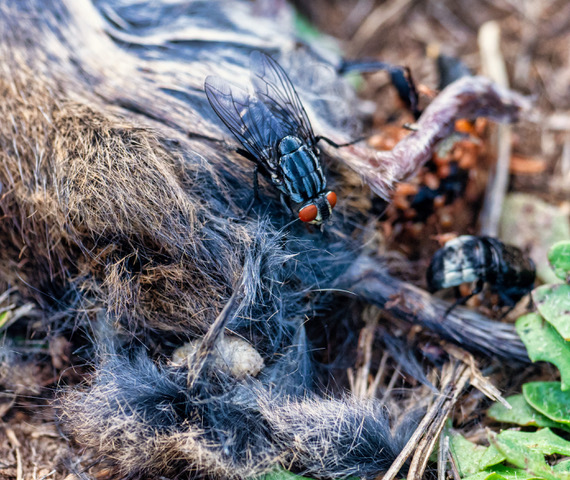
Flesh Fly Sarcophaga sp.: (Dip.: Sarcophagidae) Gordon Hart
There is a dipterous maggot near the bottom of the above photograph. Gordon speculates as to whether the fly above might be a fond parent.
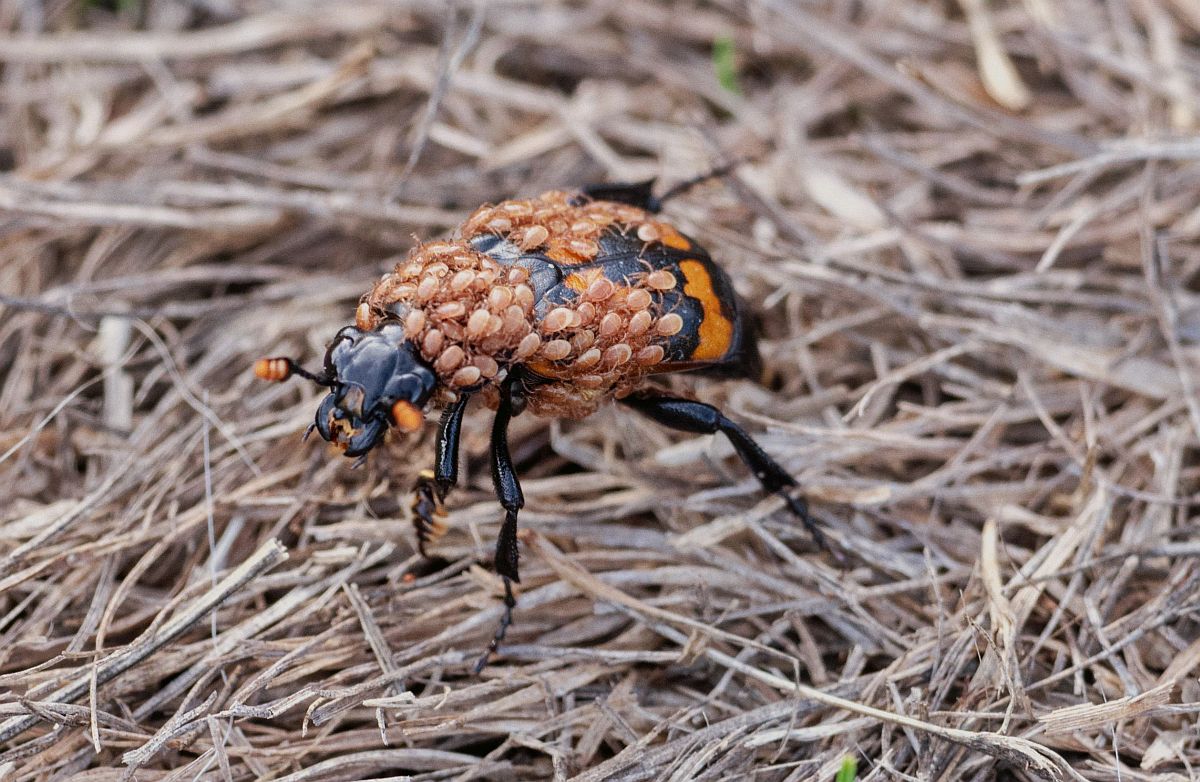
Nicrophorus investigator (Col.: Silphidae)
Poecilochirus sp. (Mesostigmata: Parasitidae)
Gordon Hart

Nicrophorus defodiens (Col.: Silphidae)
Nicrophorus investigator (Col.: Silphidae)
Sarcophaga sp. (Dip.: Sarcophagidae)
Gordon Hart

